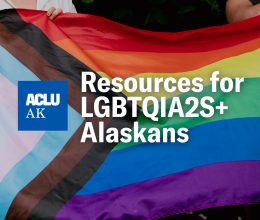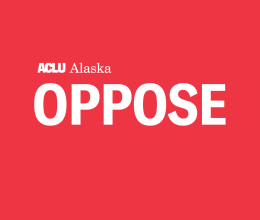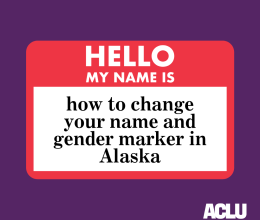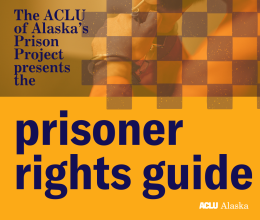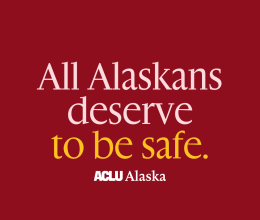
This morning, the Supreme Court issued its ruling in U.S. v. Skrmetti, a challenge brought by three transgender adolescents, their families, and a Memphis-based medical provider against a Tennessee law banning gender-affirming puberty blockers and hormone therapies for transgender people under 18.
The Court held that Tennessee’s SB1 does not draw a sex-based (or a transgender status-based) line and thus only necessitates deferential review by the courts, and that, when reviewed deferentially, the Tennessee legislature had adequate reasons for the law. That means SB1 can remain in effect.
Gender-affirming medical care for young Alaskans is still available and Alaska laws have not changed in light of this ruling.
“Today’s U.S. Supreme Court decision in U.S. v. Skrmetti is a painful setback for transgender youth, their parents, and medical providers across the country. However, we want to be clear: this does not change the ability for young Alaskans to access medically necessary and life-saving care,” said Ruth Botstein, Legal Director for the ACLU of Alaska. “The ACLU of Alaska will continue to fight in courtrooms and communities across the state to ensure all people — including transgender people — have the right to equal protection and self-determination under the law.”
Since 2021, 25 states have enacted categorical bans on gender-affirming medical care, such as hormone therapy and puberty-suppressant medications, for treating gender dysphoria in transgender youth yet readily allow those same medications for other and similar purposes for cisgender youth. Over 100,000 transgender people under 18 now live in a state with a ban on their health care.
There are currently no laws in the state of Alaska that ban gender-affirming care for people under 18, though past legislative sessions have seen failed attempts by lawmakers to intervene on health care decisions that are reserved for individuals, their parents, and their medical providers.
There are roughly 500 transgender youth between the ages of 13-18 in Alaska, 1.23% of the age group in Alaska.
